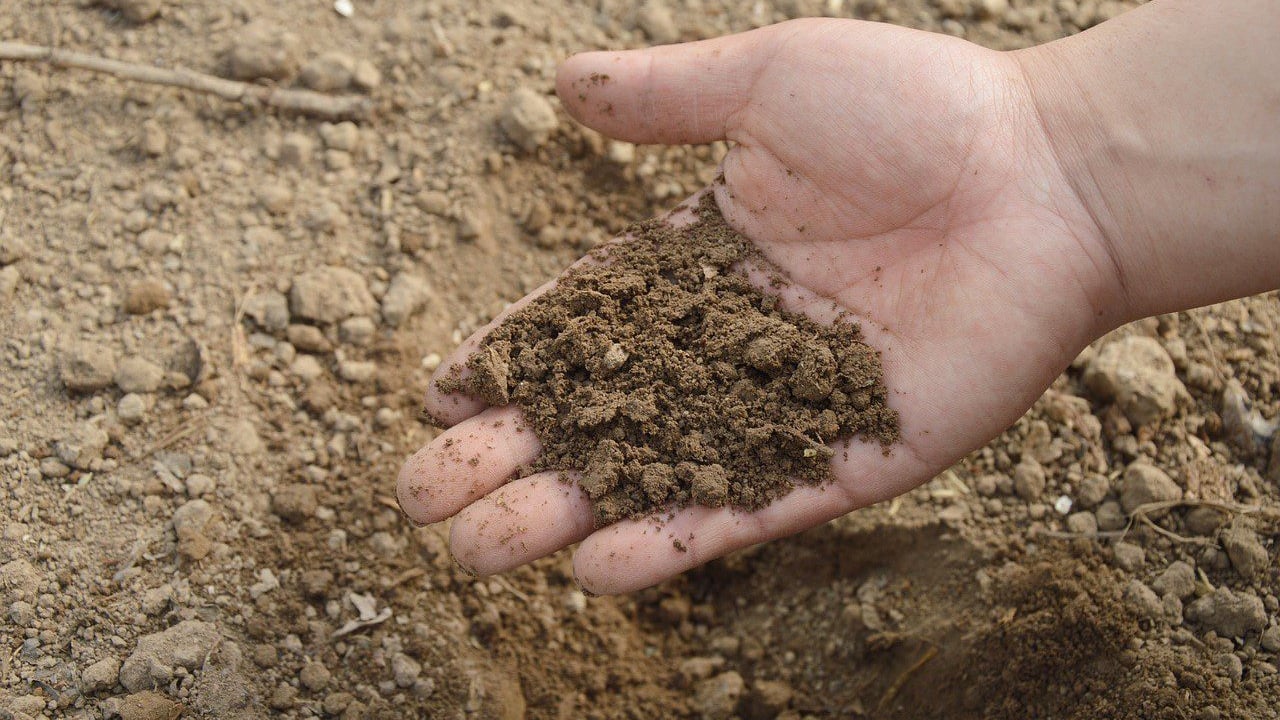Grassland Agro Efficient Animal Production Series


Efficient Animal Production series: Soil structure impacting herd fertility
Agriland Media Group is delighted to team up with Grassland Agro for the ‘Efficient Animal Production Series’, which will look at how high-quality, targeted nutrition and effective soil management has helped farmers to maximise outputs to the highest standard in an efficient fashion.
In this second instalment, we examine how soil structure can have an impact on herd fertility.
Focusing on the physical pillars of soil - more commonly known as soil structure - is a crucial part of production and fertility in any herd.
Soil structure, or the physical pillars of soil, is a key component of soil health that is often overlooked.
However, rising economic and environmental challenges associated with chemical fertilisers require farmers to optimise soil structure on farm and alleviate soil compaction.
At Grassland Agro, there is a huge focus on analysing soil structure to facilitate accurate and precision nutrient applications which aid in maximising farm output in a sustainable and cost-effective manner.
Soil structure
As part of the Grassland Agro Soil Sustainability Programme, thousands of grass-based farms in Ireland are assessed for soil compaction using the Grass VESS method.
The Grass VESS is the assessment and scoring of soil and root structure using an infield evaluation; with just a spade.
It allows for the visual assessment of the soil habitat including colour, structure, plant rooting patterns, and the abundance or larger soil organisms such as earthworms, which are all primary indicators of good soil health.
SQ is ranked on a scale of one to four; a SQ score of one portrays perfect soil structure and a SQ score of four portrays heavily compacted soil.
The average SQ score of 2.8 shows that soil compaction is an issue on many grass-based farms in Ireland.
In order to help farmers understand soil structure, Grassland Agro’s team of highly skilled agronomists can perform a Grass VESS test on your farm.
Soil structure has a significant influence on nutrient cycling, nutrient availability, and root development, and can be described by using the ‘two pint glasses‘ analogy.
While a pint glass of water and a pint glass of ice-cubes have an identical chemical make-up, they are physically different.
As a result, it is more difficult to drink the water from the glass full of ice-cubes as the ice-cubes act as large aggregates in the soil that cannot be penetrated.
In the context of soil structure, if there are two soil samples with phosphorus (P) index levels of four, but sample A has excellent soil structure and sample B has a compacted soil structure, sample B’s soil’s physical state would limit its nutrient availability.
Soil compaction not only impacts farmers through reduced crop output, but it also affects animal performance.
Herd fertility
Pica, which is caused by a phosphorus deficiency, is being reported more frequently in dairy cattle.
To avoid incidences of Pica, farmers are advised to supplement their herd with mineral supplement blocks, such as Grassland Agro’s Luneo Phos mineral block.
Grassland Agro’s Luneo Phos mineral block is a high-performance mineral block with a digestive aid, containing a combination of calcium, high levels of phosphorus, trace elements, and vitamins to balance animal nutrition.
Pica occurs more commonly within herds that are grazing pastures with high soil phosphorus levels, or where chemical phosphorus fertilisers have been applied.
More commonly, soil compaction is the underlying issue present as the plant cannot absorb sufficient phosphorus from the soil.
Pica can have a huge impact on herd fertility, which is always at the forefront of farmer's minds, as getting the herd back in calf is the basis of milk production and success.
Soil conditioner
Therefore, it is critically important to investigate soil structure before performing any remedial work, as the best remedy for soil structure is soil biology and using ‘nature's plough’ to develop a natural aeration of the soil.
Soil biology and soil structure can be improved through the application of a soil conditioner such as Physiolith.
Physiolith provides highly available marine-origin calcium and contains the root biostimulant Physio+ to promote rooting and nutrient uptake. It also contains trace levels of a number of micro-nutrients including iodine (I), Boron (Bo), zinc (Zn), and cobalt (Co).
The soil cannot supply enough phosphorus to meet the nutrient requirements of the cow, so it is absolutely crucial that we get at least one, if not two splits of phosphorus in some shape or form into the ground to drive on availability in the plant.
The application of a soil conditioner results in the release of greater levels of nitrogen (N), phosphorus, and sulphur from the soil’s reserves.
On-farm trials have shown that an additional release of 60kg/N/ha was released from the soil in a single season following the application of Physiolith.
What should be vorne in mind is that healthy soils are vital for animal health because they supply nutrients to plants, which in turn nourish grazing animals and humans.
Soils rich in microbial life support this nutrient cycle, while degraded soils diminish both the nutritional value and safety of food.
For further information, get in touch with your local Grassland Agro adviser or visit us here.

